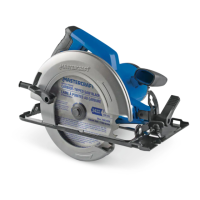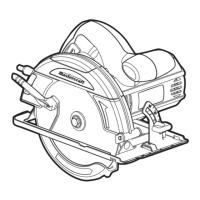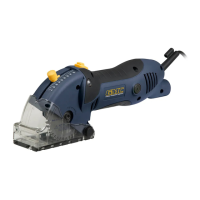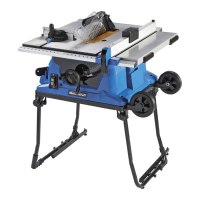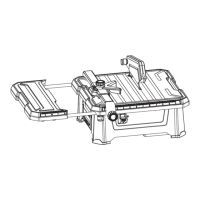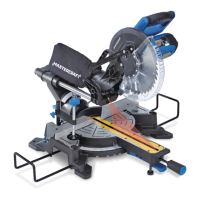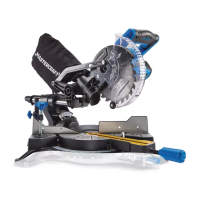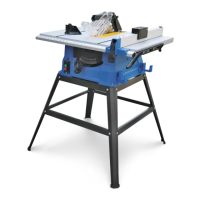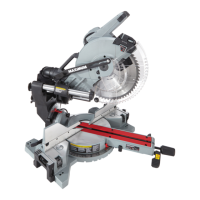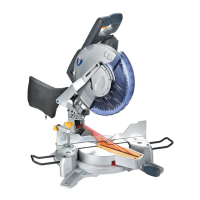headline bars
continuation tabs
notes
warnings
13
headline bars
continuation tabs
notes
warnings
model no. 054-8153-0 | contact us 1.800.689.9928
12
PIVOT SHOE
SLIDING THE SHOE IN OR OUT
(fig 4)
For maximum control and longer blade life, the base
assembly slides in or out to permit you to adjust the
effective stroke length.
1. Unplug the reciprocating saw from the power supply.
2. Loosen the two shoe-adjustment screws with the
hex key (supplied), and slide the shoe to the desired
position. The shoe can be locked in any position.
3. Tighten the shoe-adjustment screws to lock the shoe
in the desired position.
PIVOTING THE SHOE
(fig 5)
The shoe pivots to provide maximum control against the
surface being cut.
1. Unplug the reciprocating saw from the power supply.
2. Hold the saw firmly, and then pivot the shoe to the
desired angle.
OPERATING INSTRUCTIONS
TURNING ON AND OFF
(fig 2)
1. Connect the power cord of your reciprocating saw to a standard household power outlet.
2. To turn the saw ON, depress the variable-speed trigger switch.
3. To turn the tool OFF, release the trigger switch.
GENERAL CUTTING
(fig 6)
1. Make sure that the workpiece is firmly clamped.
2. Use the appropriate type and size of blade for the
workpiece material and size.
3. Adjust the pivot shoe as necessary to expose unworn
blade teeth for longer blade life.
4. Check for clearance behind the workpiece so that the
blade will not impact another surface.
5. Clearly mark the line of cut on the workpiece. If cutting metal, apply cutting oil on the line.
6. Connect the power cord of your reciprocating saw to a standard household power outlet.
7. Hold the saw firmly with both hands. Make sure to keep your hands on the insulated gripping areas only.
8. Depress the trigger switch to start the saw and bring it to the maximum desired cutting speed before
applying the blade to the workpiece.
9. Do not force the tool. Place the shoe firmly on the workpiece while cutting. Use only enough steady
pressure on the blade to keep the saw cutting.
10. Reduce pressure as the blade comes to the end of the cut.
11.
Release the trigger switch. Allow the saw to come to a complete stop before removing the blade from the workpiece.
12. If sawing fiberglass, plaster, wallboard, or spackling compound, clean the motor vents frequently with a vacuum or
compressed air. These materials are highly abrasive and may accelerate the wear on motor bearings and brushes.
WARNING!
• Before plugging in the tool, always check to determine that the switch performs properly
and returns to the “OFF” position when released.
• Hold the tool only by the plastic handle and the insulated grip area to help prevent electrical
shock. When sawing into walls or floors you may encounter electrical wiring. Sawing into a
“live” wire will cause electric shock.
• Do not allow familiarity with the saw to make you careless. One careless fraction of a
second is enough to inflict serious injury.
fig 6
ASSEMBLY INSTRUCTIONS
OPERATING INSTRUCTIONS
fig 5
Pivot shoe
NOTICE: Cutting speeds should vary with the workpiece. Hard materials, such as metals, require lower
speeds; for softer materials use higher speeds.
fig 4
Pivot shoe
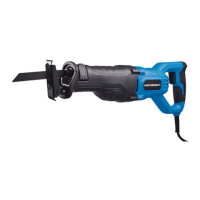
